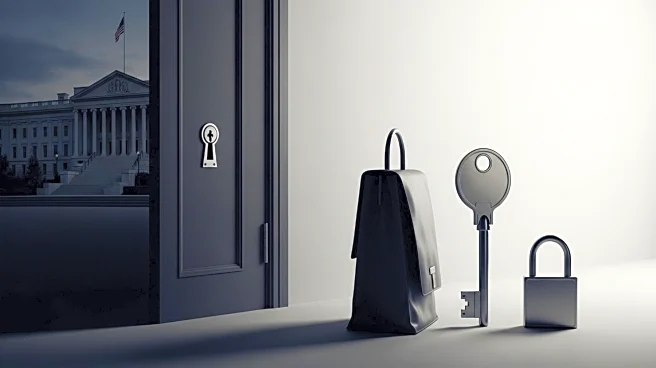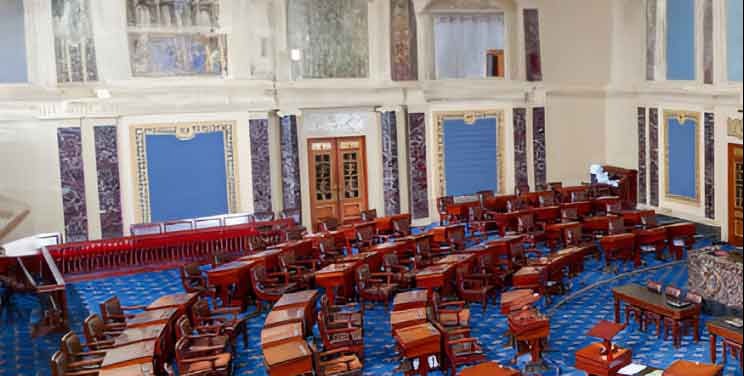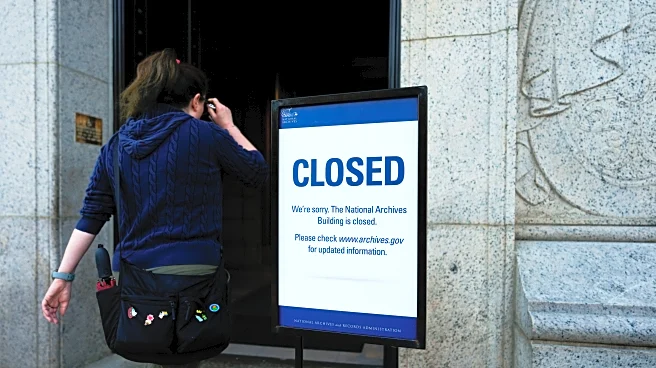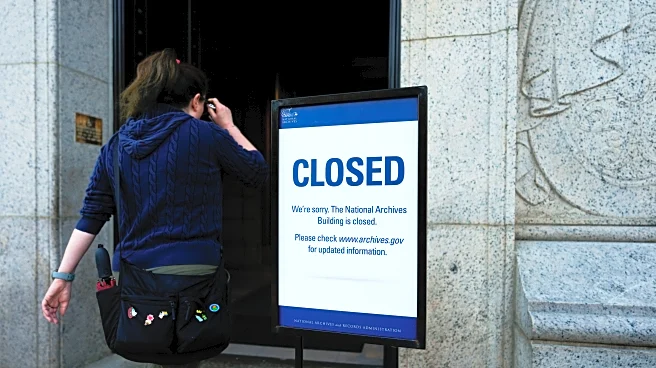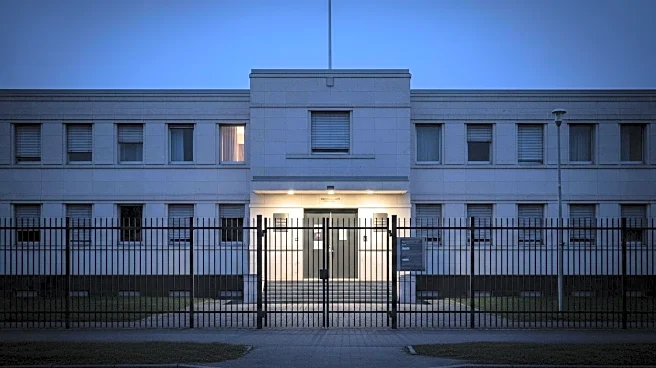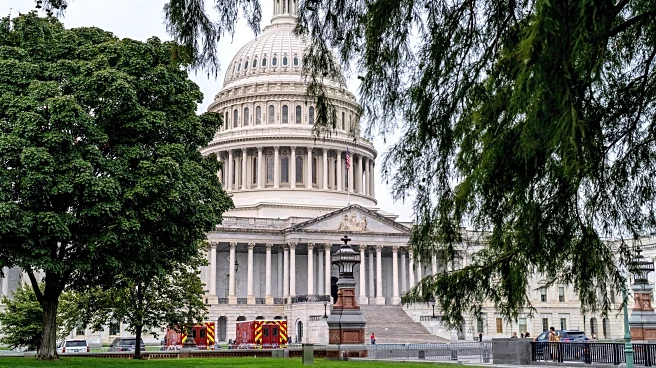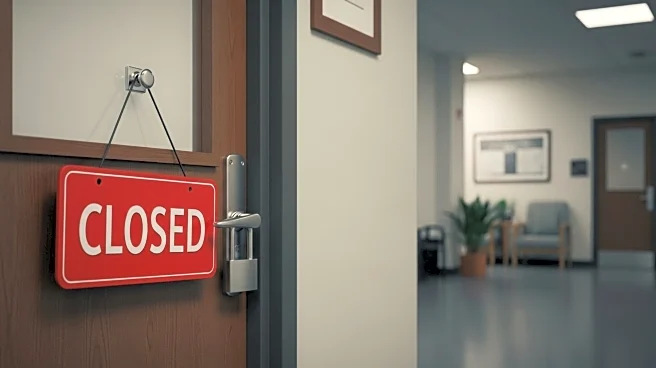What is the story about?
What's Happening?
A partial government shutdown commenced on October 1, 2025, after Congress failed to agree on funding appropriations for the new fiscal year before the September 30 deadline. This shutdown marks the beginning of the U.S. government's 2026 fiscal year. Essential services such as the U.S. Postal Service, Social Security, Medicare, and air traffic control continue to operate, while nonessential services face closures. Thousands of government workers are expected to be furloughed, impacting services like national parks. The Office of Management and Budget has asked federal agencies to draft plans for potential permanent layoffs. Historically, government shutdowns have varied in duration, with the longest lasting 35 days during President Trump's administration.
Why It's Important?
The partial government shutdown has significant implications for federal employees and the services they provide. Nonessential workers face furloughs, affecting their income and job security. Essential services remain operational, ensuring continuity in critical areas like postal services and air traffic control. The shutdown could disrupt the collection and release of government economic data, potentially influencing Federal Reserve policy decisions. Investors are advised to focus on other market drivers, such as Federal Reserve rate cuts and corporate earnings, as the shutdown's impact on Treasury yields is expected to be minor.
What's Next?
The duration of the shutdown remains uncertain, as it will continue until Congress passes appropriations. Historically, shutdowns have lasted from a few hours to over a month. The Office of Management and Budget's request for permanent layoff plans suggests potential long-term impacts on federal employment. Political leaders and stakeholders may engage in negotiations to resolve the funding impasse, aiming to minimize disruptions to government operations and services.
Beyond the Headlines
The shutdown highlights ongoing challenges in U.S. fiscal policy and the political dynamics within Congress. It underscores the importance of timely budget agreements to prevent disruptions in government services. The potential for permanent layoffs raises ethical and economic concerns about the stability of federal employment. Long-term shifts in government operations and public trust may result from repeated shutdowns, influencing future policy decisions.
AI Generated Content
Do you find this article useful?
